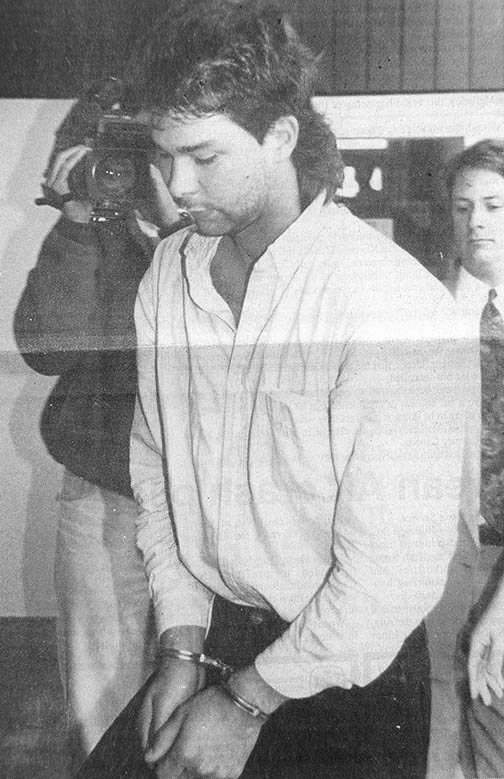Trevor Crawley
A Cranbrook man convicted of a triple-murder in 1994 is requesting DNA evidence from the Attorney General of Canada in the hopes of clearing his name.
Dean Roberts filed a petition in a Vancouver Supreme Court earlier in March asking for the evidence in the deaths of his wife, Susan, and two children in Cranbrook in July 1994.
Roberts was found guilty of thee counts of first degree murder after a five-week trial in Nelson a year later.
In order to apply for a ministerial review of the conviction, new evidence must be required, however, there isn’t a process for the disclosure of evidence in possession by the Crown and RCMP.
According to Roberts’ petition, the evidence he is requesting— found near the bodies of the victims — includes a cigarette butt, hair and fibre samples, fingernail clippings, rope, a purple bag, plastic bags and the complete RCMP biology case file, including examination notes, communications logs and DNA qualification data.
According to the petition, a plastic bag in the purple bag, a cigarette butt and the ropes used to strangle Susan and one of the children were not tested for DNA evidence.
The request was filed on March 17, while a response from the Attorney General is required within 21 days of being served.
Roberts has been in prison since his 1995 conviction, while an appeal was dismissed two years later.
In 1994, the Roberts’ house burned down with Susan and the children inside. Neighbours and firefighters rescued one child, while another passed away after six days in hospital.
The body of a third child was found in a wooded area on the outskirts of the city. According to autopsy reports, the deaths were attributed to asphyxiation before the fire.
Roberts confessed to the killings to an undercover police officer a few weeks later in Richmond. During his trial, he claims he made the confession under duress, believing the undercover officer was a dangerous gangster.
